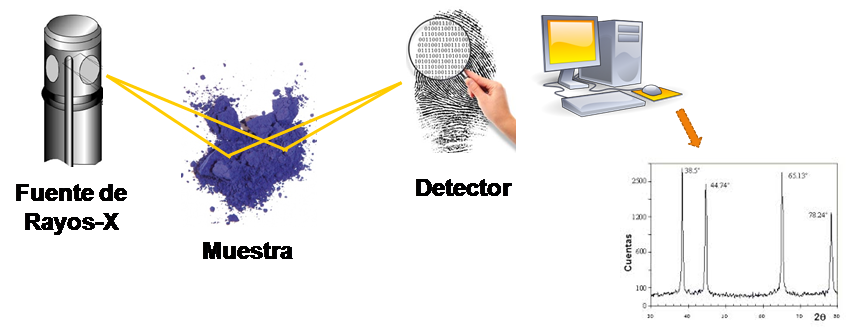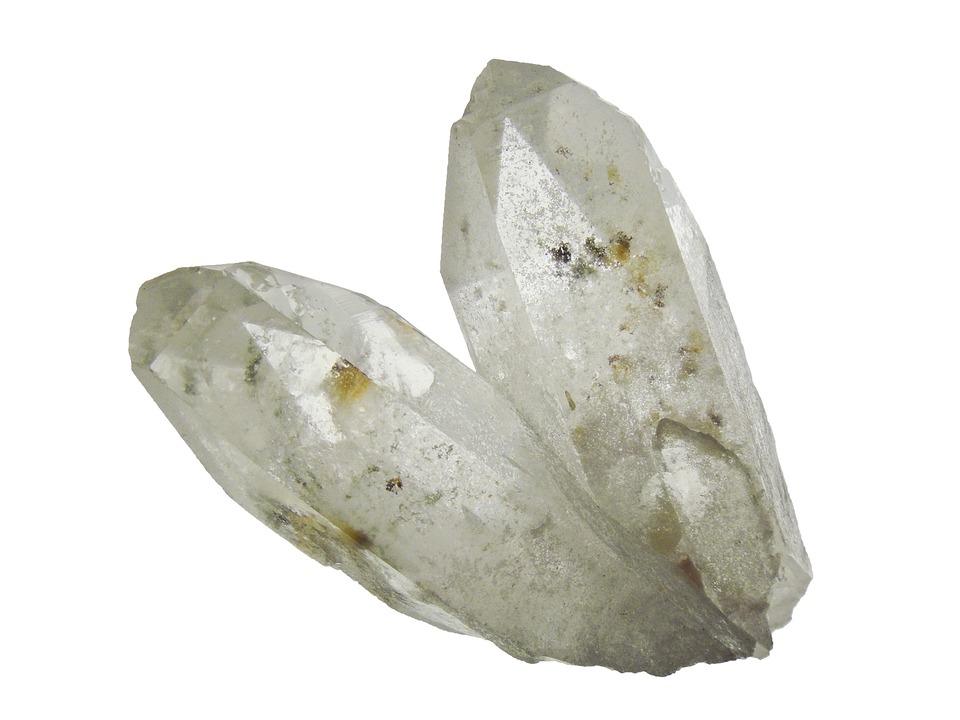X-RAY DIFFRACTION
X-rays are a high energy electromagnetic radiation with small wavelength, of the order of the interatomic spaces of the solids. When an X-ray beam hits a solid material, some of this beam is dispersed in all directions because of the electrons associated with the atoms or ions it encounters in the path, but the rest of the beam can give rise to the phenomenon of the diffraction of X-rays. This occurs if there is an orderly arrangement of atoms and if the conditions given by the Bragg’s Law are satisfied:
n·λ = 2d·senθ
If Bragg’s law is not satisfied, the interference is not constructive and the field of the diffracted beam has a very low intensity. When the interference is constructive we obtain a response, which is known as a diffractogram, and provides us information to identify and quantify the components present in materials. This is possible because each component has an unique pattern / diffractogram, i.e., its unique footprint.
X-ray diffraction can reveal the mineralogical nature of the different phases present in a solid. The principle is that a beam of incident X-rays penetrates in the sample, and then it is diffracted into many specific directions by the crystalline planes of each sample. The angles and intensities of the diffraction are characteristic of a crystalline structure. All diffracted beams are used to identify the crystal structures.
X-ray powder diffraction studies can be performed using different radiations (Cu, Co, Mo, synchrotron, etc.) and measurement configurations (Bragg-Brentano or Debye-Scherrer).
X-ray diffraction in polycrystalline samples allows to carry out the identification of crystalline compounds (since all crystalline solids have their characteristic diffractogram) both in their qualitative and quantitative aspects. Studies of polymorphism, phase transitions and solid solutions, determination of microstructure of the phase, quantitative phase analysis, etc., are usually performed by X-ray powder diffraction.
In some cases, it is interesting to perform thermal evolution studies (thermodiffraction) to know the evolution of the crystallinity of the sample, to characterize phase transitions, chemical reactions, thermal expansion, etc.





